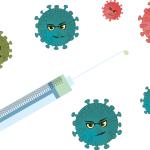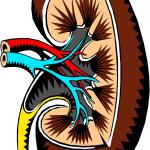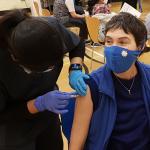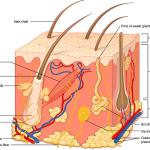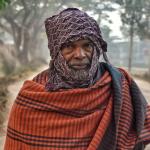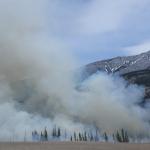The United States is in the throes of a surge of serious infections with the COVID-19 Delta variant.
Disease
IgG levels against the spike's regional binding domain (RBD) were measured 7 to 31 days after the second shot of BNT162b (Pfizer) and mRNA-1273 (Moderna). The picture tells the story.
Our kidneys serve many roles, to remove water-soluble toxins and metabolic products from our body, balance the amount of water within, and participate in the control of our blood pressure.
A Two-Month Cycle Experts Can’t Explain
A mysterious pattern suggests that the U.S. Delta wave could be starting to ebb.
If you were to ask people who have been to a dermatologist what those medical specialists do, many would probably say something like, “they give you cream for an itchy rash or acne,” or “freeze spots on your skin to remove them.” But the diagnosis
The historical vaccination for smallpox, caused by variola, was inoculation with cowpox, vaccinia – two microbes that were similar but not the same. [1]
"A randomized-trial of community-level mask promotion in rural Bangladesh during COVID-19 shows that the intervention tripled mask usage and reduced symptomatic SARS-CoV-2 infections, demonstrating that promoting community mask-weari
The Agent. The assumption behind this paper is the equivalence of wildfire “smoke” and PM2.5, as monitored and regulated by the EPA.
Aerosols or Droplets
“Aerosols are microscopic liquid, solid, or semisolid particles that are so small that they remain suspended in the air.”
Methods and Data. We assembled multiple datasets.

